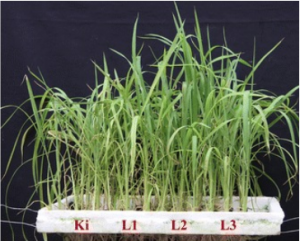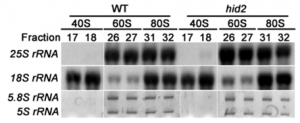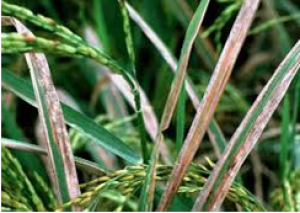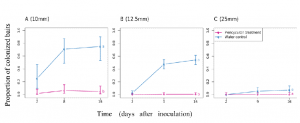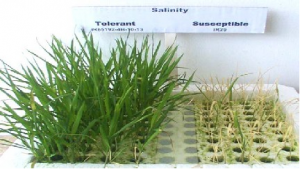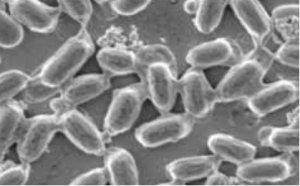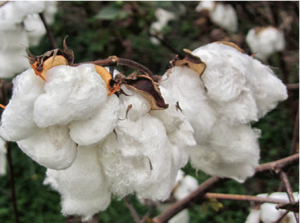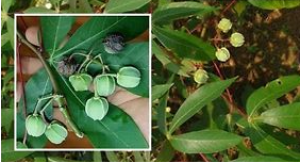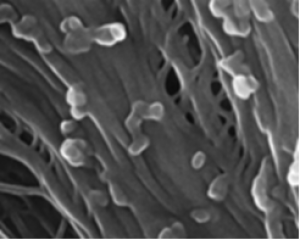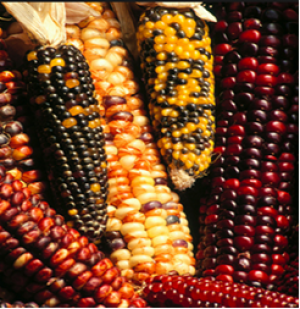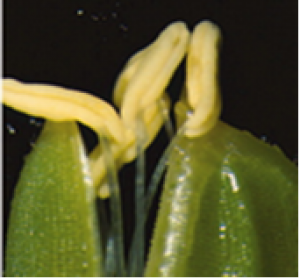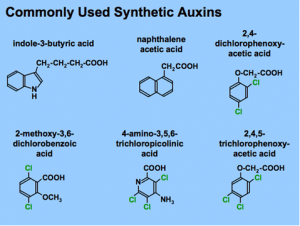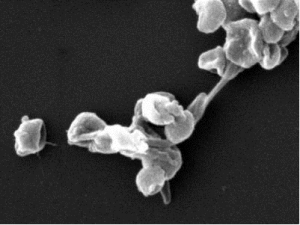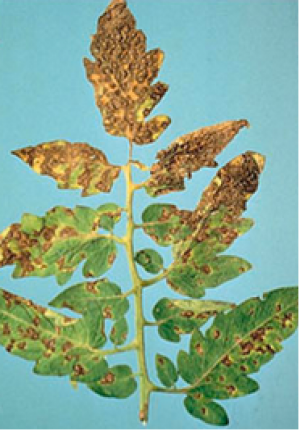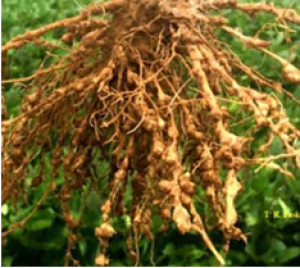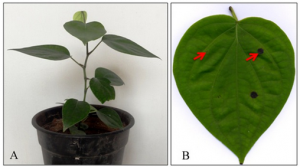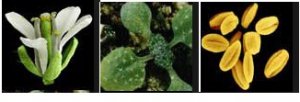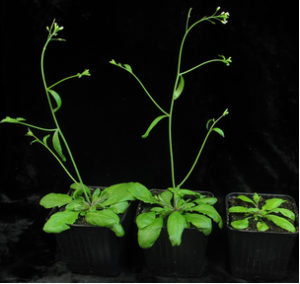|
A data-driven genome annotation approach for cassava
Thursday, 2024/07/18 | 08:38:11
|
|
Swetha Chenna, Maxim Ivanov, Tue Kjærgaard Nielsen, Karina Chalenko, Evy Olsen, Kirsten Jørgensen, Albin Sandelin, Sebastian Marquardt Plant Journal; 2024 Jun 3. doi: 10.1111/tpj.16856. Online ahead of print. AbstractGenome annotation files play a critical role in dictating the quality of downstream analyses by providing essential predictions for gene positions and structures. These files are pivotal in decoding the complex information encoded within DNA sequences. Here, we generated experimental data resolving RNA 5'- and 3'-ends as well as full-length RNAs for cassava TME12 sticklings in ambient temperature and cold. We used these data to generate genome annotation files using the TranscriptomeReconstructoR (TR) tool. A careful comparison to high-quality genome annotations suggests that our new TR genome annotations identified additional genes, resolved the transcript boundaries more accurately and identified additional RNA isoforms. We enhanced existing cassava genome annotation files with the information from TR that maintained the different transcript models as RNA isoforms. The resultant merged annotation was subsequently utilized for comprehensive analysis. To examine the effects of genome annotation files on gene expression studies, we compared the detection of differentially expressed genes during cold using the same RNA-seq data but alternative genome annotation files. We found that our merged genome annotation that included cold-specific TR gene models identified about twice as many cold-induced genes. These data indicate that environmentally induced genes may be missing in off-the-shelf genome annotation files. In conclusion, TR offers the opportunity to enhance crop genome annotations with implications for the discovery of differentially expressed candidate genes during plant-environment interactions.
See https://pubmed.ncbi.nlm.nih.gov/38831668/
Figure 4: Novel genes identified in de novo annotation. (a) Stacked bar plot showing the number of novel high confidence (HC), medium confidence (MC), low confidence (LC) genes and Single Method Confidence (SMC) identified in de novo annotation. Novel genes identified have either overlap with any of the known genes on the opposite strand (antisense, coloured red) or no overlap at all (intergenic, coloured blue). The SMC genes are supported by only strand-specific RNA-seq data. (b) Metagene plot of RNA-seq signal over the novel genes identified. Red and blue line shows novel genes supported by all sequencing methods (HC, MC and LC) and only by RNA-seq respectively (SMC). (c) Example of a novel HC gene identified in de novo annotation. (d) Example of a novel MC gene identified in de novo annotation. (e) Example of a novel LC gene identified in de novo annotation. (f) Example of a novel SMC gene identified in de novo annotation.
|
|
|
|
[ Other News ]___________________________________________________
|

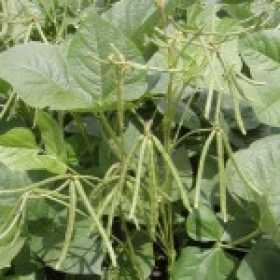
 Curently online :
Curently online :
 Total visitors :
Total visitors :
(240).png)
